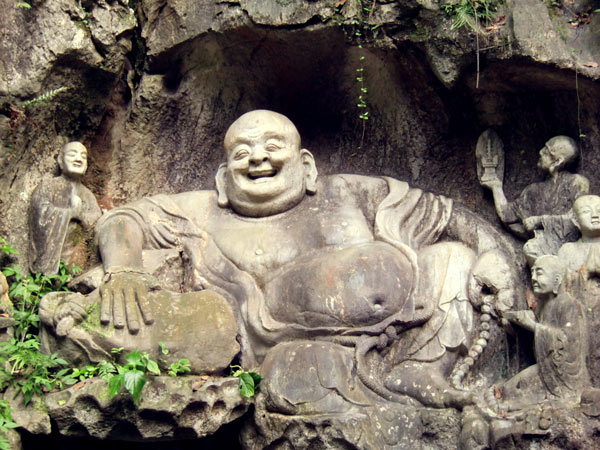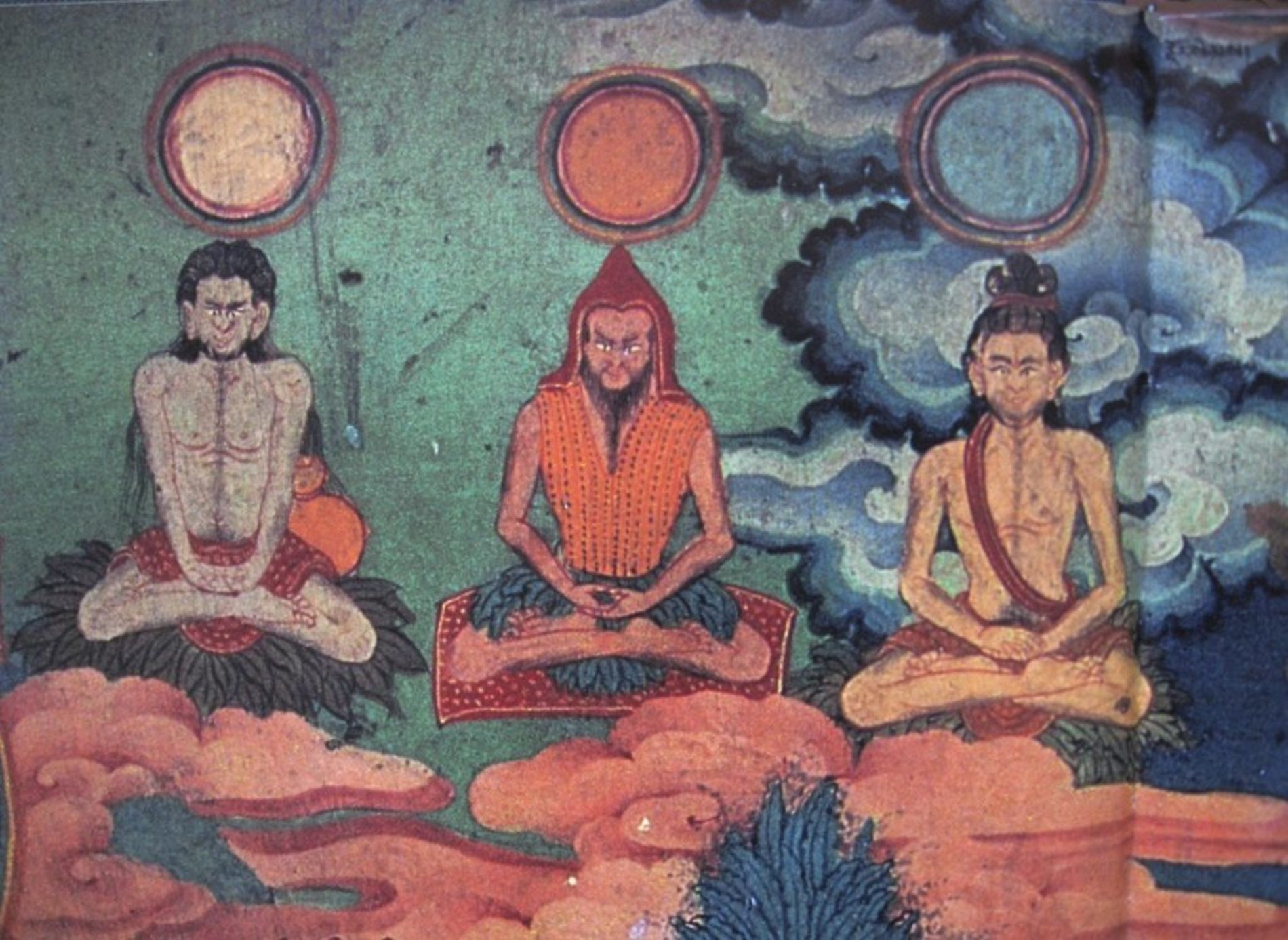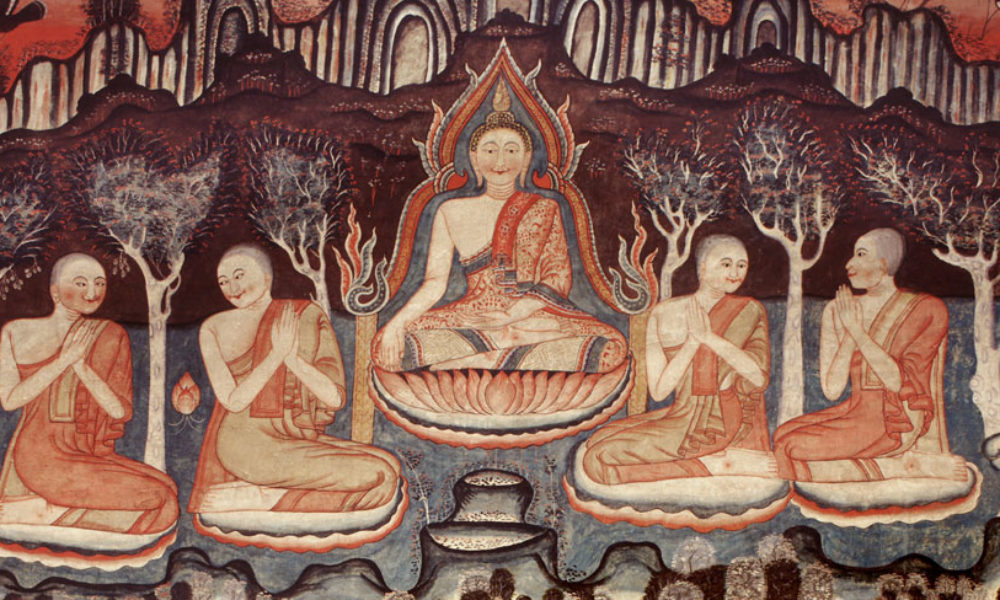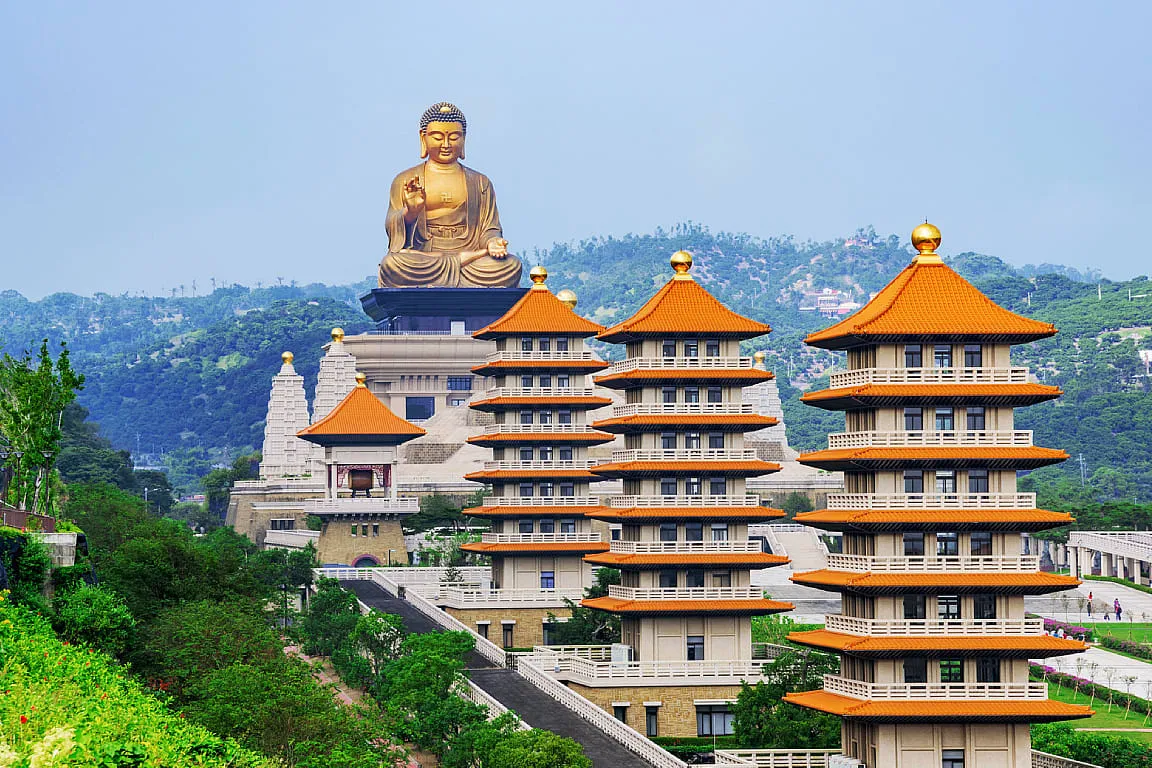The “Laughing Buddha” has many names: Happy Buddha, Fat Buddha, Pu-tai, Budai, or Hotei, even though it isn’t really a Buddha.
Who is the Laughing Buddha? History and Meaning
The bald, chubby, laughing fellow many Westerners think of as Buddha is a character from tenth-century Chinese folklore. In Buddhism, the celestial Buddha named Hotei (Japan) or Pu-Tai (China) is best known as the jolly Laughing Buddha. He symbolizes happiness and abundance, serving as a protector of children, the sick, and the weak. In some stories, he is explained as an emanation of Maitreya, the future Buddha.
In China, he is known as the Loving or Friendly One. He is based on an eccentric Chinese Ch’an (Zen) monk who lived over 1,000 years ago and has become a significant figure in Buddhist and Shinto culture. Due to this monk’s benevolent nature, he came to be regarded as an incarnation of the bodhisattva who will be Maitreya (the Future Buddha).
Happiness Buddha Statue
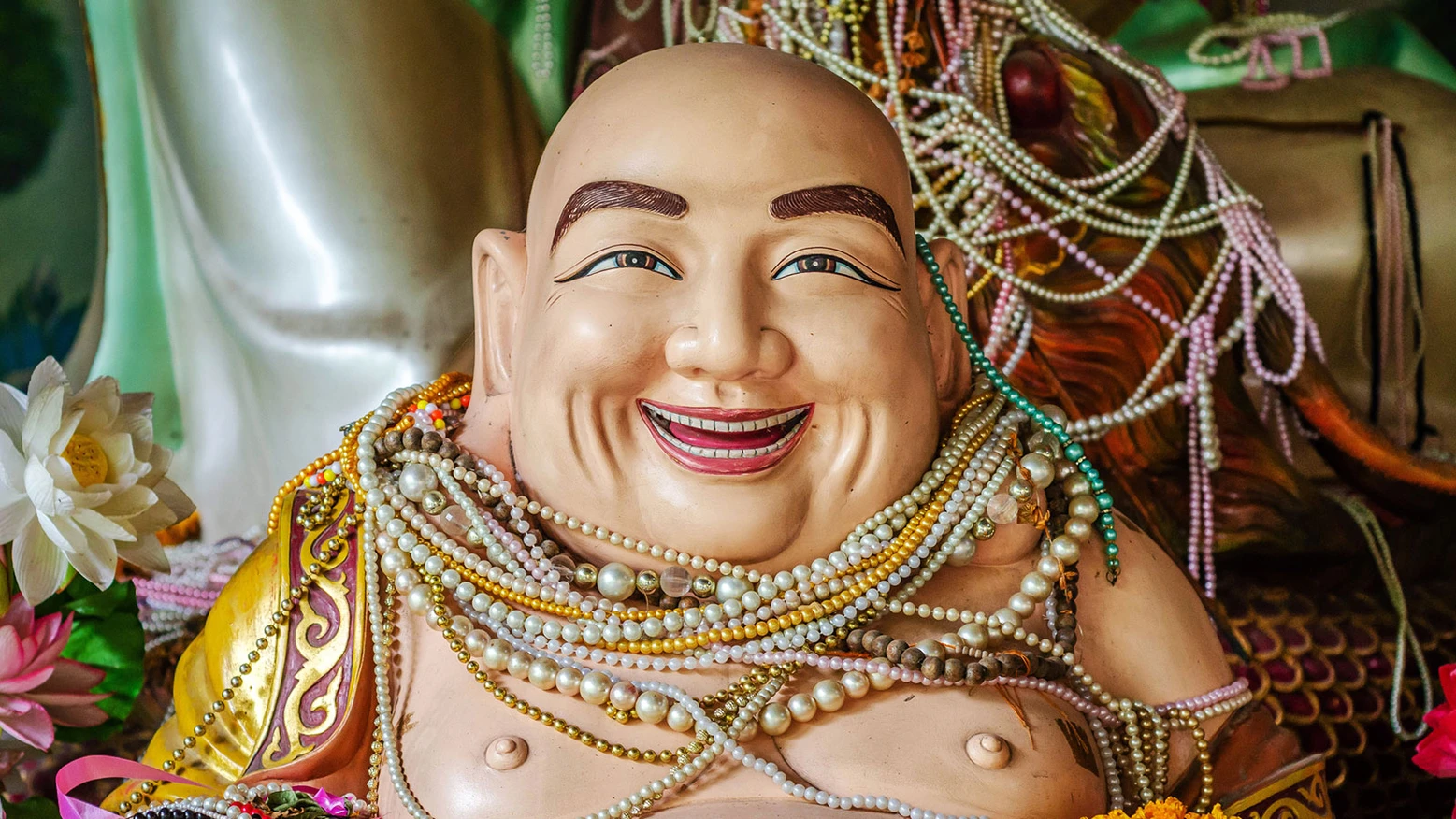
This jovial figure, with a rotund belly and a beaming smile, symbolizes happiness, contentment, and prosperity. The significance of the Happy Buddha lies in his embodiment of benevolence and compassion, serving as a reminder to appreciate the joyous moments in life.
Originating from Chinese folklore and later adopted into Buddhist and Shinto traditions, the statue is associated with good luck, abundance, and protection of the weak. The statue’s features, notably the large, exposed potbelly and the infectious smile, convey a sense of warmth and positivity. Whether placed in homes, businesses, or temples, the Happy Buddha serves as a tangible representation of joy and well-being, inviting a sense of tranquility and happiness into its surroundings.
His name of the Laughing Buddha literally means “cloth sack.” The image of Hotei almost always shows him carrying a cloth or linen sack (that never empties), filled with many precious items, including rice plants (indicating wealth), candy for children, food, or the woes of the world. He is a patron of the weak, poor, and children.
His largely exposed potbelly symbolizes happiness, good luck, and plenitude.
Happy Buddha Rituals
The Laughing Buddha is often incorporated into various rituals and practices, offering a source of positive energy and auspicious vibes. When placing the Happy Buddha in your home, consider positioning it in a prominent, elevated location, preferably facing the main entrance. This placement is believed to attract good fortune and positive energy into your living space. It’s advised to avoid placing him in the bathroom or directly on the floor. Placing him on a clean surface and treating the statue with respect is important.
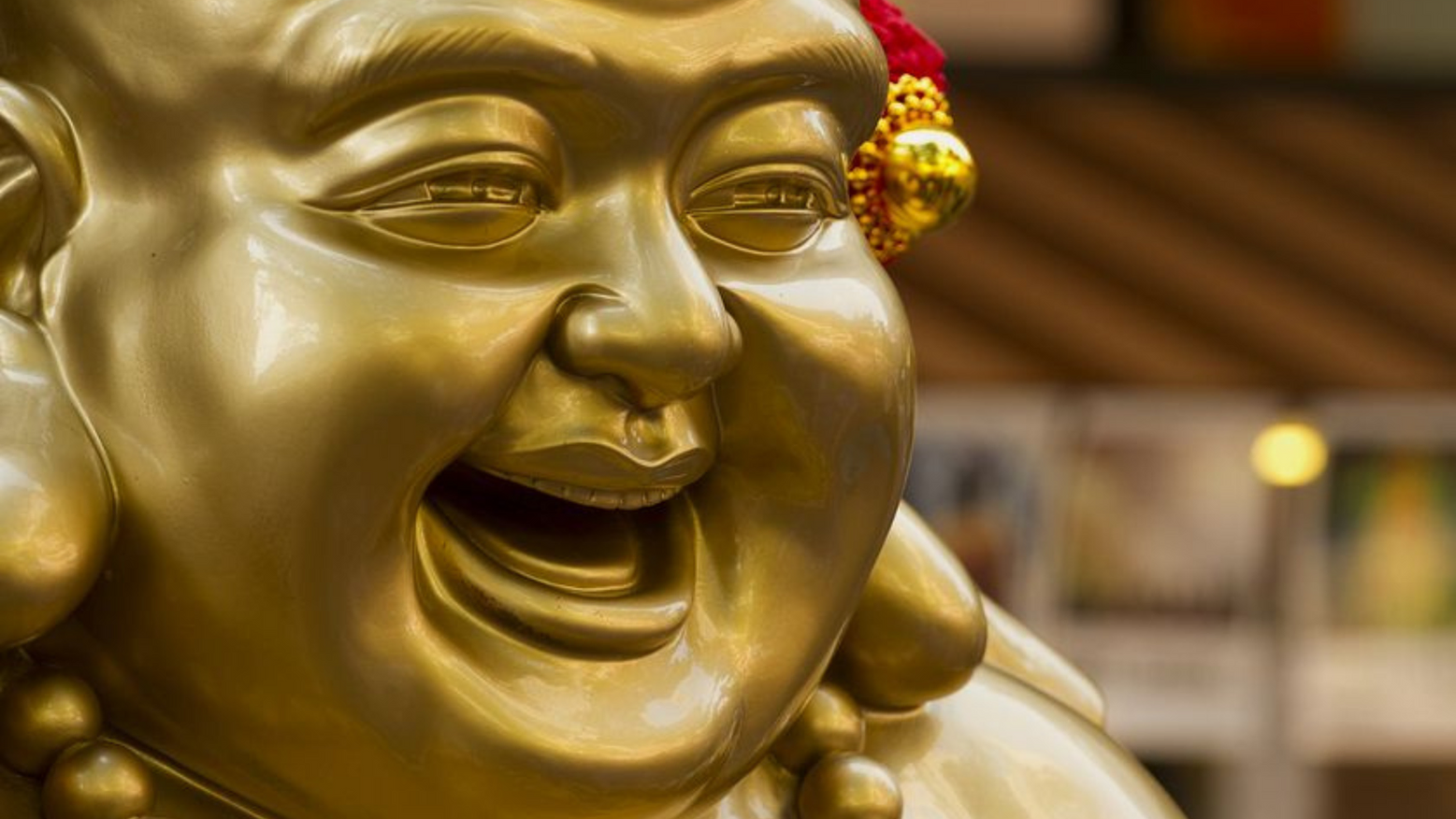
Rituals involving the Happy Buddha often include offerings of simple items like fresh fruits, sweets, or coins. Regularly replenishing these offerings is a way to express gratitude and maintain a harmonious connection with the symbol of joy and abundance.
According to legend, rubbing the Laughing Buddha’s great belly brings forth wealth, good luck, and prosperity. Hotei is also referred to as the patron saint of restaurateurs, fortunetellers, and bartenders. When one overeats or overdrinks, friends jokingly attribute it to the Laughing Buddha’s influence.
Buddha Quotes about Happiness
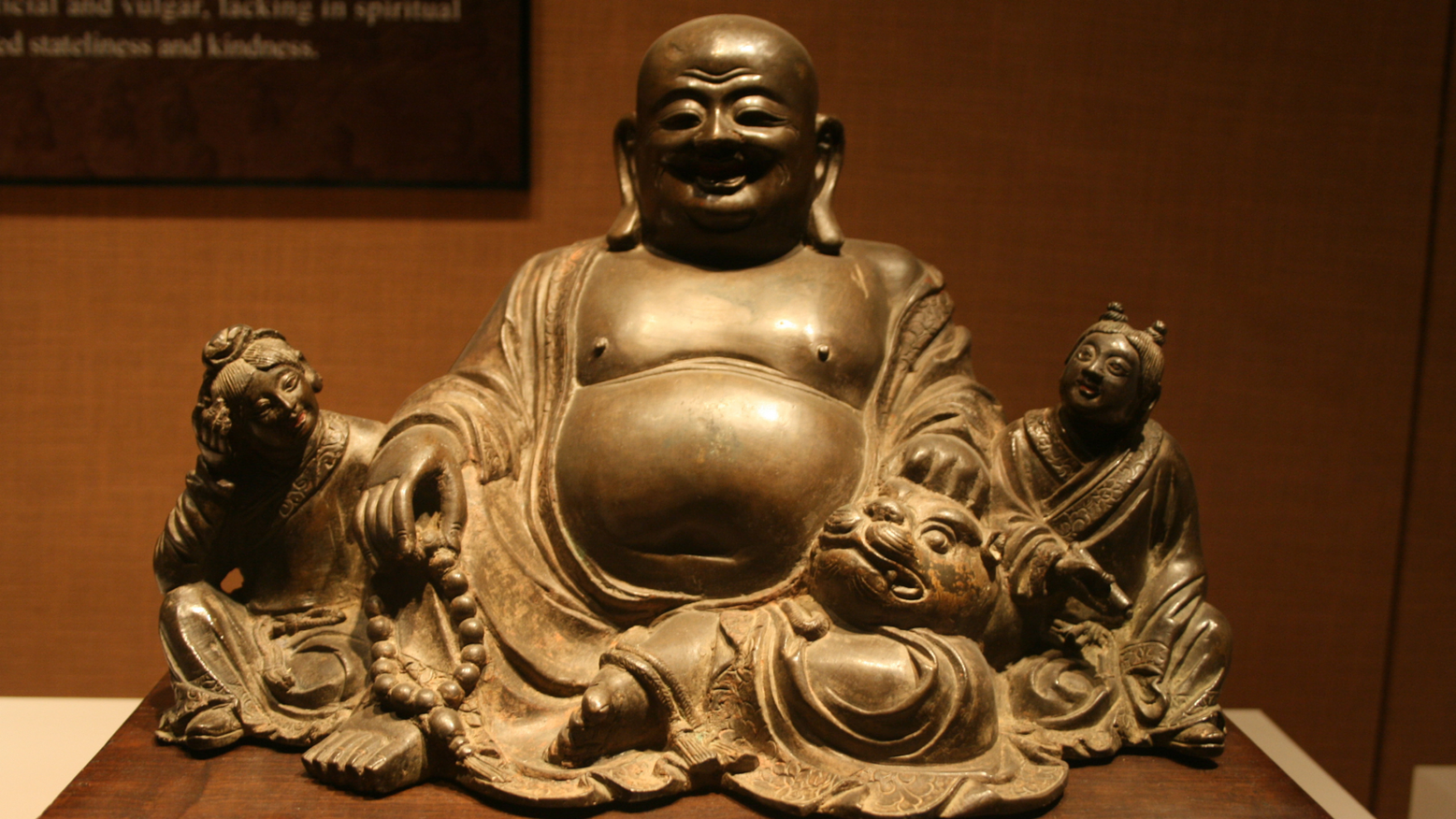
1. “Happiness does not depend on what you have or who you are. It solely relies on what you think.”
2. “The way to happiness is: Keep your heart free from hate, your mind from worry. Live simply, give much. Fill your life with love. Do as you would be done by.”
3. “Thousands of candles can be lighted from a single candle, and the life of the candle will not be shortened. Happiness never decreases by being shared.”
4. “Let us rise up and be thankful, for if we didn’t learn a lot today, at least we learned a little, and if we didn’t learn a little, at least we didn’t get sick, and if we got sick, at least we didn’t die; so, let us all be thankful.”
5. “Happiness will never come to those who fail to appreciate what they already have.”
6. “There is no path to happiness: happiness is the path.”
7. “The mind is everything. What you think you become.”
8. “It is better to conquer yourself than to win a thousand battles. Then the victory is yours. It cannot be taken from you, not by angels or by demons, heaven or hell.”
9. “The secret of health for both mind and body is not to mourn for the past, worry about the future, or anticipate troubles, but to live in the present moment wisely and earnestly.”
10. “Radiate boundless love towards the entire world — above, below, and across — unhindered, without ill will, without enmity.”
Laughing Buddha Tattoos: Meaning and Significance
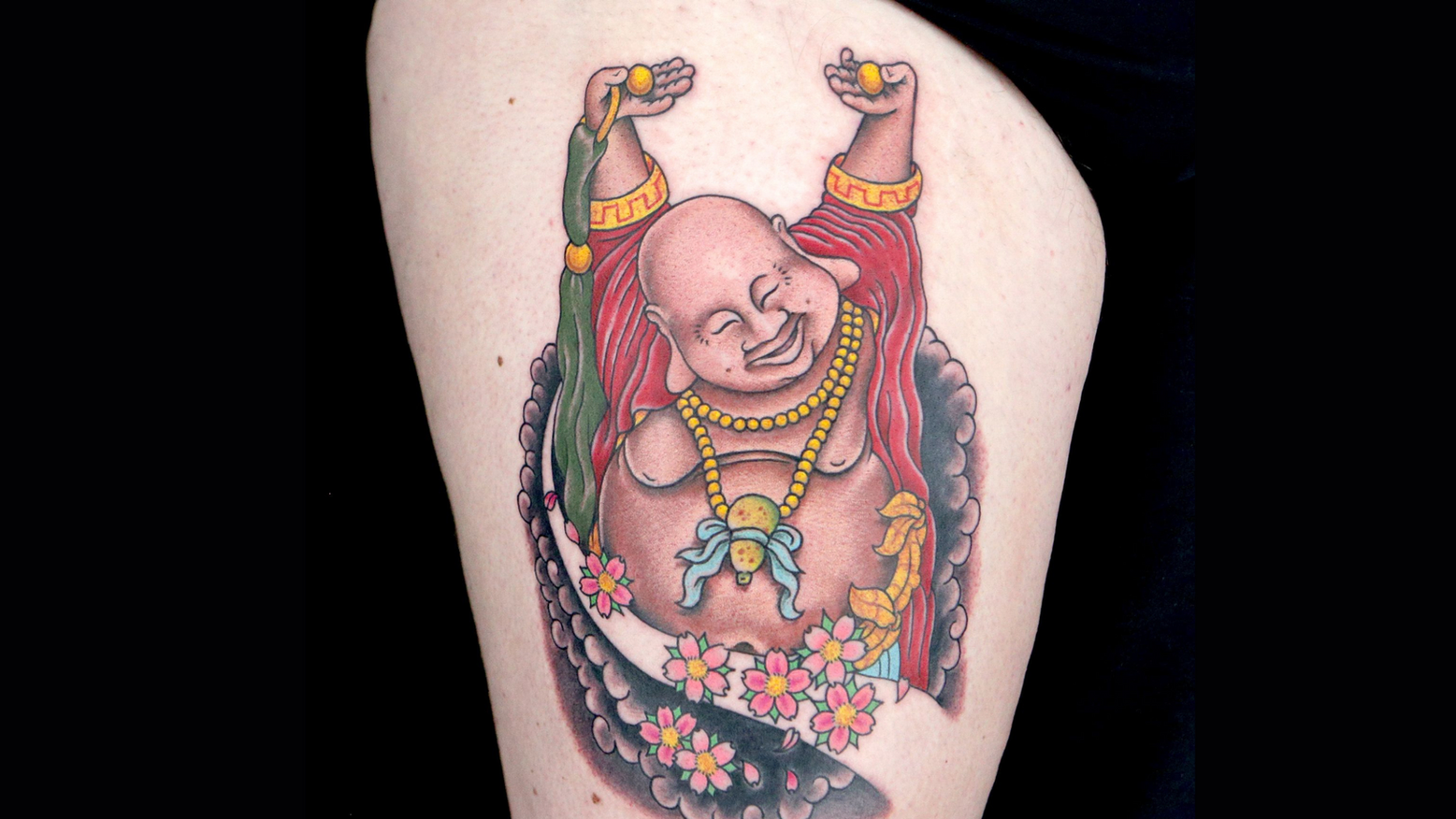
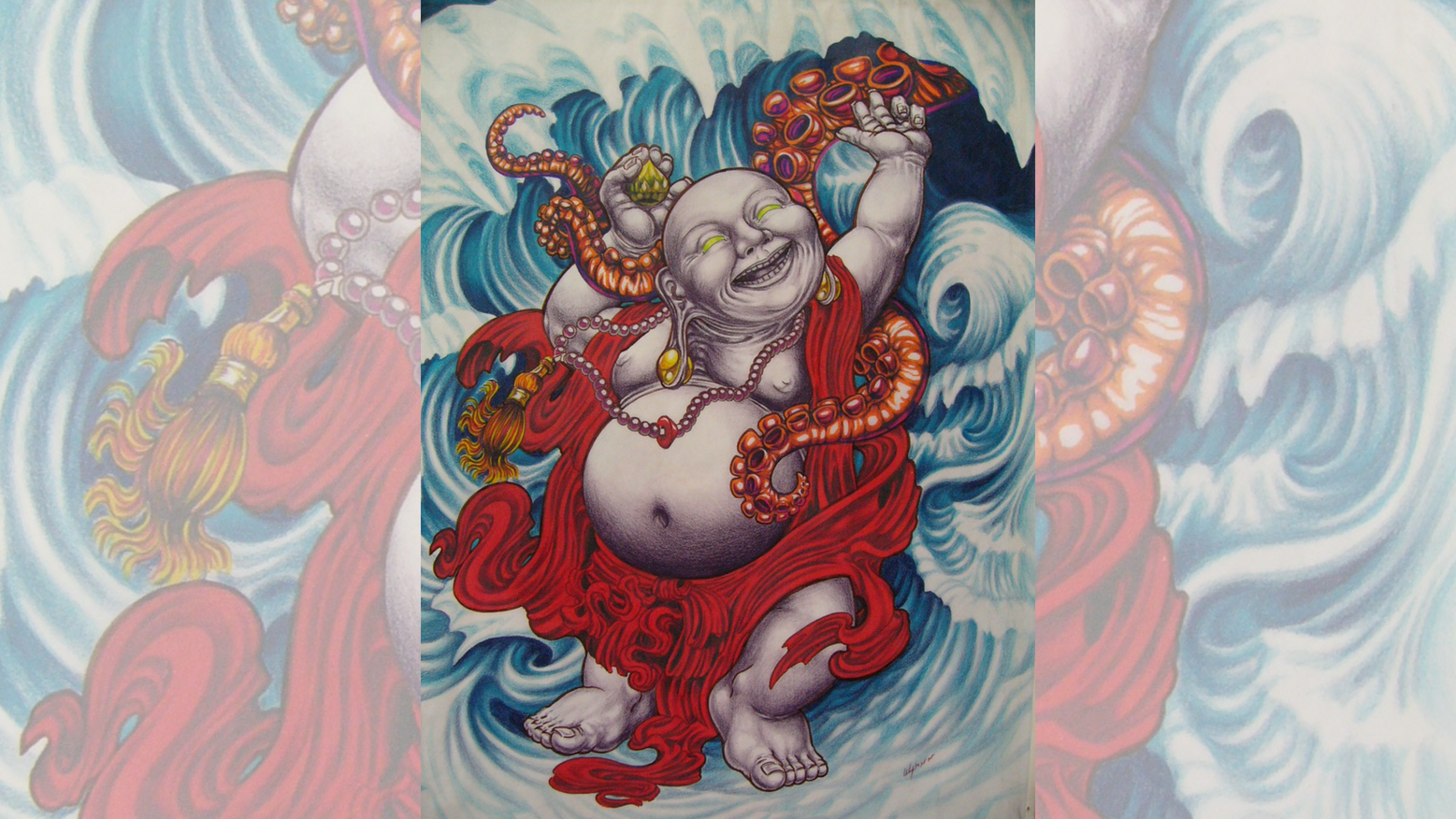
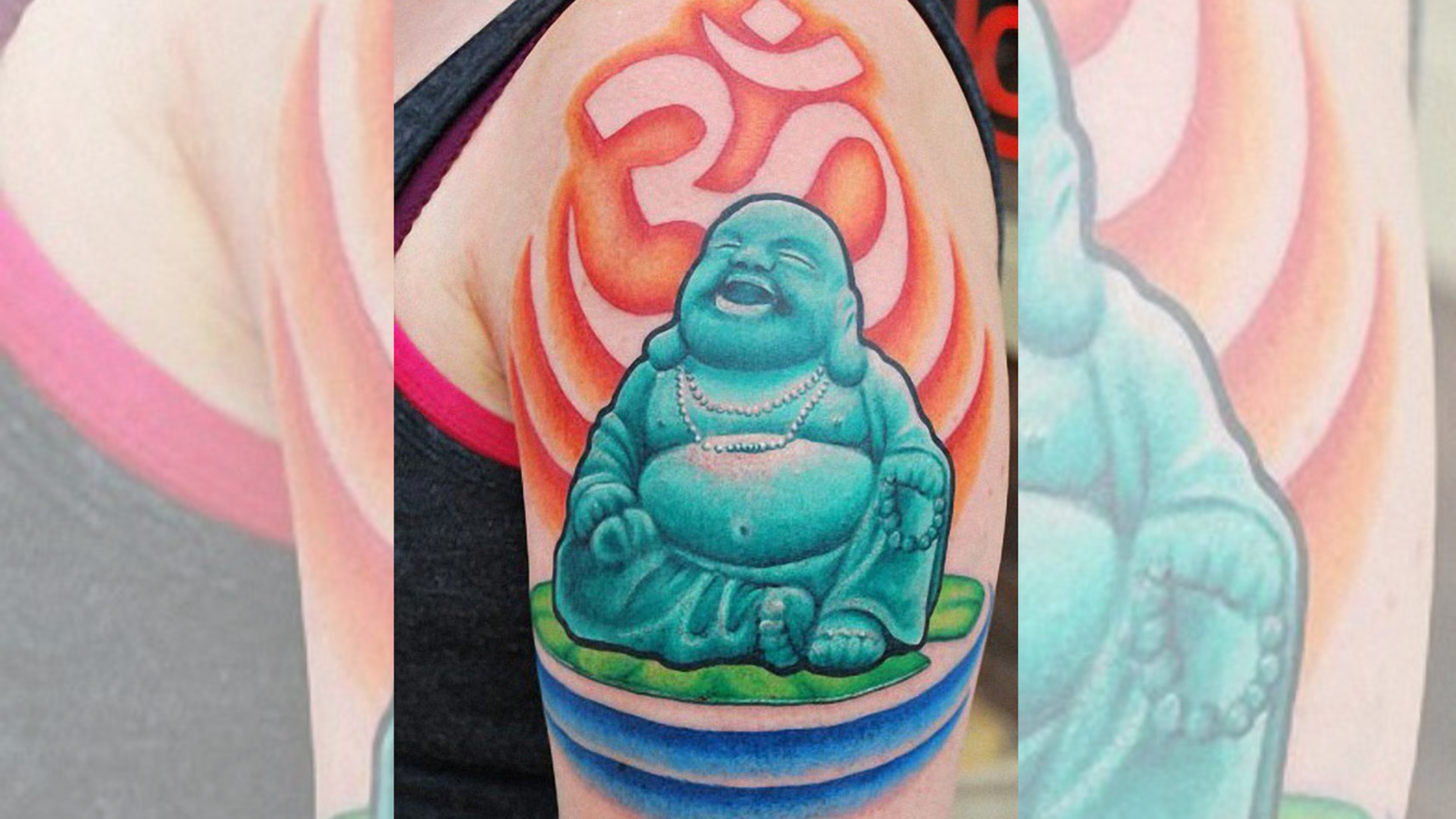
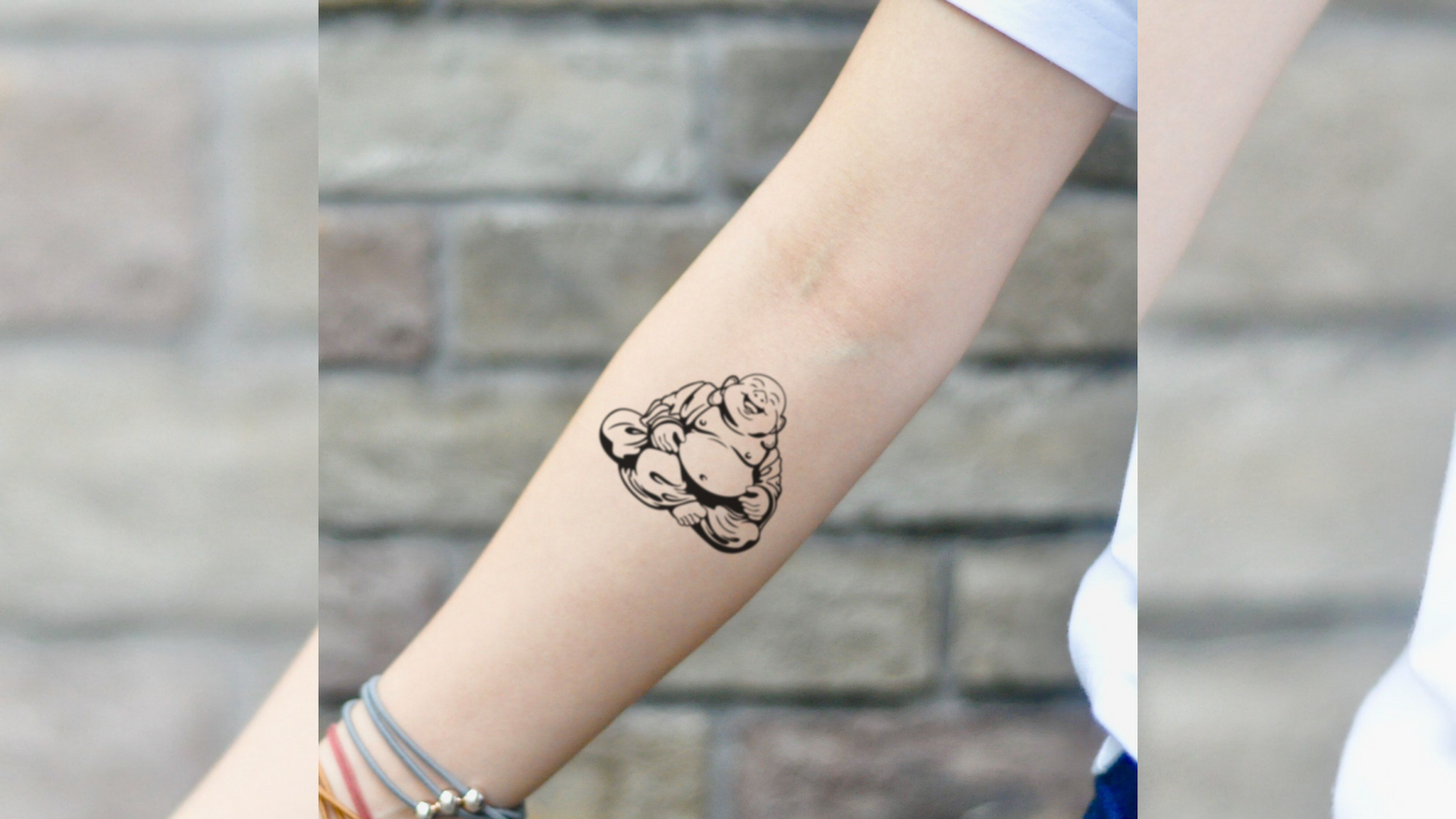
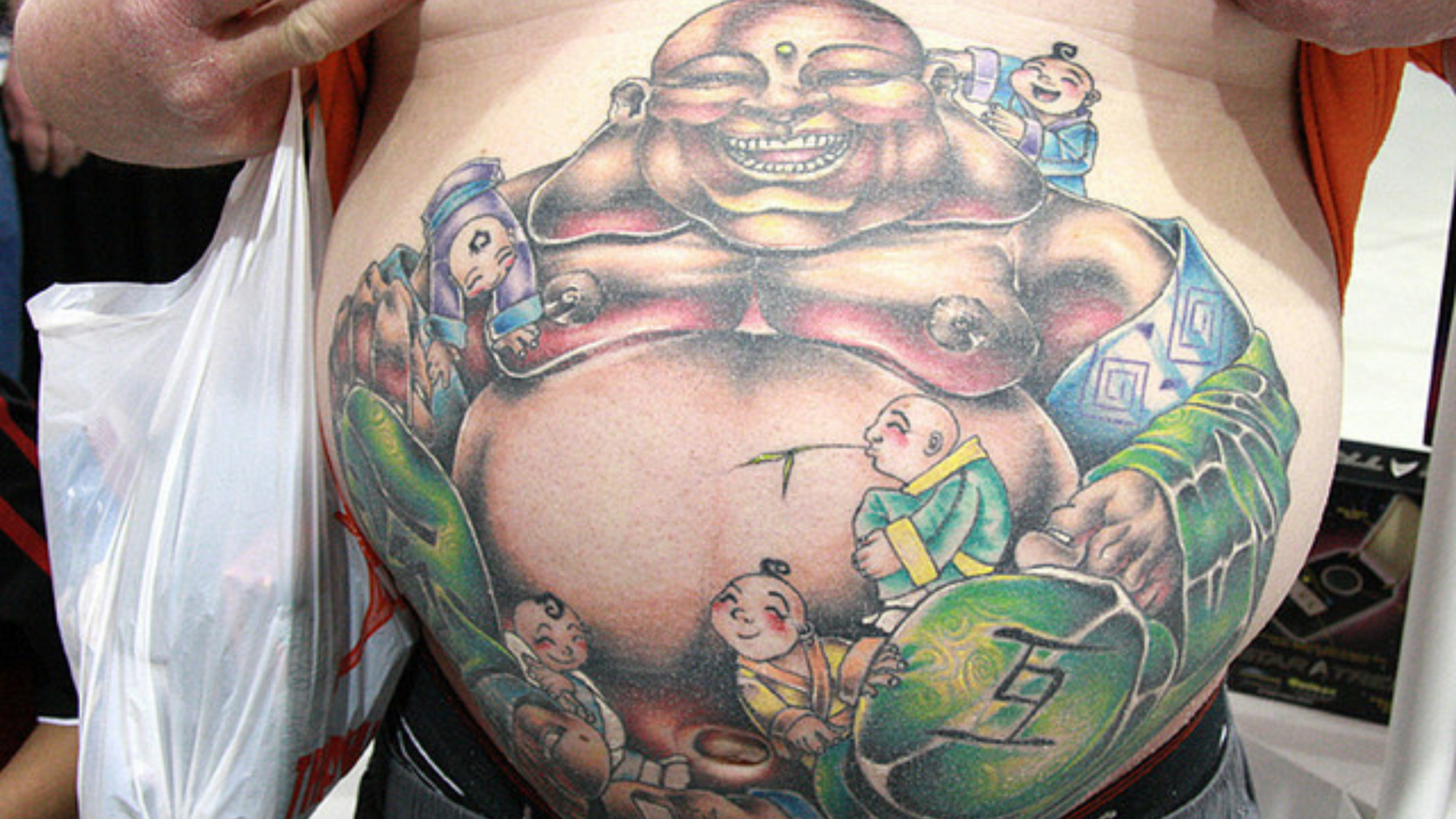
Laughing Buddha tattoos are a popular choice for those seeking to symbolize joy, positivity, and spiritual well-being. The Laughing Buddha, often depicted with a cheerful countenance and a rotund belly, is a symbol of happiness, contentment, and prosperity in various cultures, particularly within Buddhism.
The significance of a Laughing Buddha tattoo lies in its representation of a carefree and benevolent outlook on life. It serves as a reminder to appreciate the lighter aspects of existence and to approach challenges with a positive mindset. The large, exposed potbelly of the Laughing Buddha is often associated with abundance, good fortune, and the alleviation of life’s burdens.
People choose Laughing Buddha tattoos for different reasons, but common themes include a desire for happiness, luck, and a sense of spiritual connection.
Ultimately, a Laughing Buddha tattoo is a personal and meaningful choice, encapsulating the wearer’s aspirations for joy and prosperity. It serves as a permanent reminder to embrace life with a smile and to cultivate an attitude of kindness and generosity.

